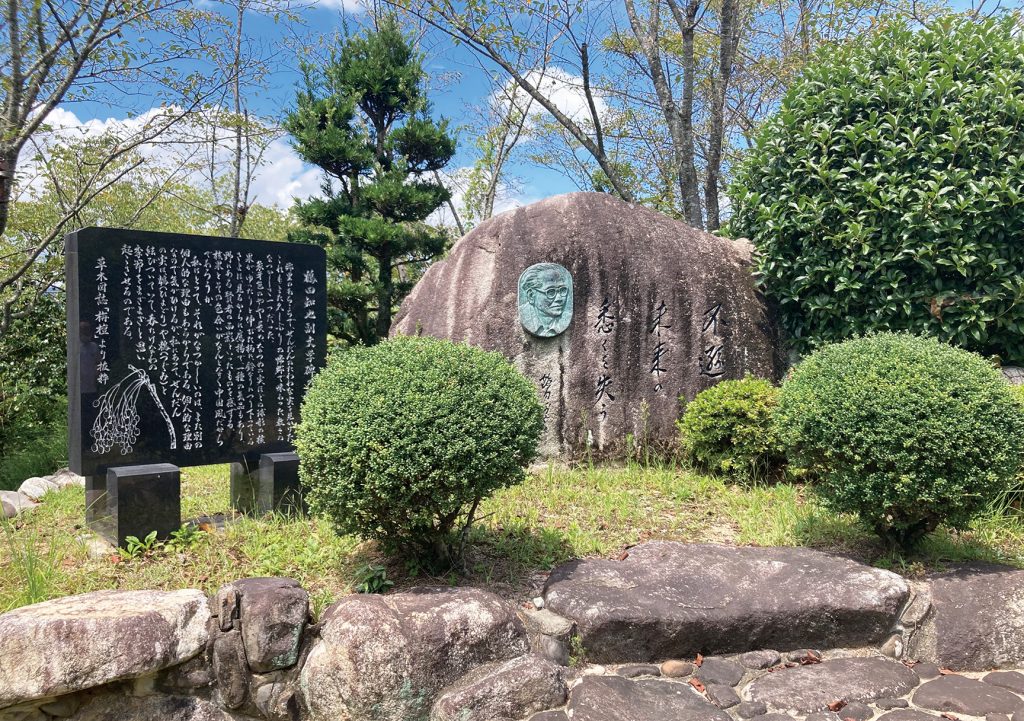May 2024 | Volume 25 No. 2
Insights on Indigenous Ainu
Listen to this article:
Professor Edwin Michielsen, who joined HKU’s School of Modern Languages and Cultures as an Assistant Professor specialising in modern Japanese literature in July 2022, was given opportunities last year when he received two fellowships to further his research project ‘Indigenous Solidarity: Proletarian Writers and Ainu in Interwar Japan’. This project is part of his larger book manuscript, which examines strategies for international solidarity in literary works and cultural activities by Japanese working class writers during the 1920s and 1930s.
The Ainu are an Indigenous people, originally from present-day Hokkaido, who over the centuries have been by turns colonised, marginalised, and forced to abandon their own culture and assimilate into Japanese society. In 2019, the National Diet of Japan passed an act recognising the Ainu as an Indigenous people of Japan and implementing measures to create a more inclusive environment while focussing on bolstering local economies and heightening awareness of Ainu culture. “While critics say it has not gone far enough, this recognition is part of broader, ongoing efforts for Ainu rights in Japan and global initiatives that acknowledge the violence inflicted on Indigenous communities and their cultures worldwide,” said Professor Michielsen.
During 15 years of research into the literary and cultural history of Japan’s working-class movement, Professor Michielsen had previously never encountered any references to Ainu in proletarian literature. It wasn’t until another professor inquired about potential connections between such writers and the Ainu during Professor Michielsen’s doctoral defence that he became intrigued by the question.
Impoverished and marginalised
“Proletarian activists in 1920s Japan rapidly evolved into a mass movement advocating the enhancement of working and living conditions for the impoverished and marginalised,” he said. “Drawing from various left-wing philosophies, the movement initially focussed primarily on Japanese workers and peasants, but eventually broadened its scope to encompass the rights of women, ethnic minorities, and other marginalised populations such as the burakumin, though it remained on the outskirts of proletarian arts and politics. However, the Ainu were not even within the purview of proletarian writers at the time.”
Hoping to find connections, he applied for and was awarded fellowships from two institutions: the Japan Society for the Promotion of Science, which allowed him to be a guest researcher at the Asahikawa Campus of Hokkaido University of Education between May and August, and the Japan Foundation, which supported his research at Josai University in Saitama from the beginning of September to the end of October.
At Hokkaido University of Education, he was hosted by Professor Hirokazu Murata, and at Josai University by Professor Kazumi Kamimura. “These fellowships offer an excellent opportunity for scholars to collaborate with Japanese scholars across all research fields and to access the rich, well-preserved archives and research facilities available across Japan,” said Professor Michielsen.
Given his familiarity with proletarian archives, he wasn’t very optimistic about finding many sources. However, with the support of his host professors and the diligent archive staff, Professor Michielsen unearthed additional materials, including a previously unknown 1937 Chinese translation of one of the stories he had been examining, which was entirely unfamiliar to Japanese scholars. He ultimately focussed his research on four proletarian writers: Yuriko Miyamoto, Ujaku Akita, Tomoya Tsuruta, and Hideo Oguma.
“After examining literary stories, plays, poems, and news articles, I concluded that Miyamoto and Akita struggled with how to portray the Ainu,” said Professor Michielsen, “often depicting them similarly to stereotypes prevalent at the time and invoking the concept of the ‘vanishing race’, which referred to the supposedly irreversible process of the Ainu and their culture disappearing.
“Conversely, Tsuruta and Oguma explored ways to narrate the contradictory and conflicting interests of Japanese settlers and the Ainu, while also creating storylines that critiqued Japanese imperialism and potential collaboration between Japanese proletarians and the Ainu.
“Tsuruta even received the prestigious Akutagawa Prize, which recognises promising debut writers in Japanese literature. Nonetheless, the shared perspective among all four authors is their portrayal of the Ainu as dispossessed and economically deprived individuals, drawing parallels with Japanese proletarians and paving the way for their integration into progressive political movements.”
After concluding the initial research and examination of archival materials, Professor Michielsen has presented his research findings at several international refereed conferences, as well as in a Japanese peer-reviewed article. Moving forward, he intends to delve deeper into the Ainu-related discussions in critical essays authored by proletarian writers like Oguma, and incorporate all findings into his current book project.

Tomoya Tsuruta’s memorial stone.
The shared perspective among all four authors is their portrayal of the Ainu as dispossessed and economically deprived individuals, drawing parallels with Japanese proletarians and paving the way for their integration into progressive political movements.

Professor Edwin Michielsen

